
New 2024 Honda Amaze Arrives In India At Rs 8 Lakh
- Dec 4, 2024
- Views : 6879

Soichiro Honda, founder of the Honda empire, was a self-professed motorcycle maniac. The dynamism, performance and practicality that two wheels taught him translated perfectly onto Honda’s initial small cars too. High-tech, light, agile and fun – Honda small cars made a name for themselves in not just Japan but also gave established British carmakers a tough time, eventually leading the charge that would drive them out of business. Here’s a quick lowdown on the company’s most iconic small cars.
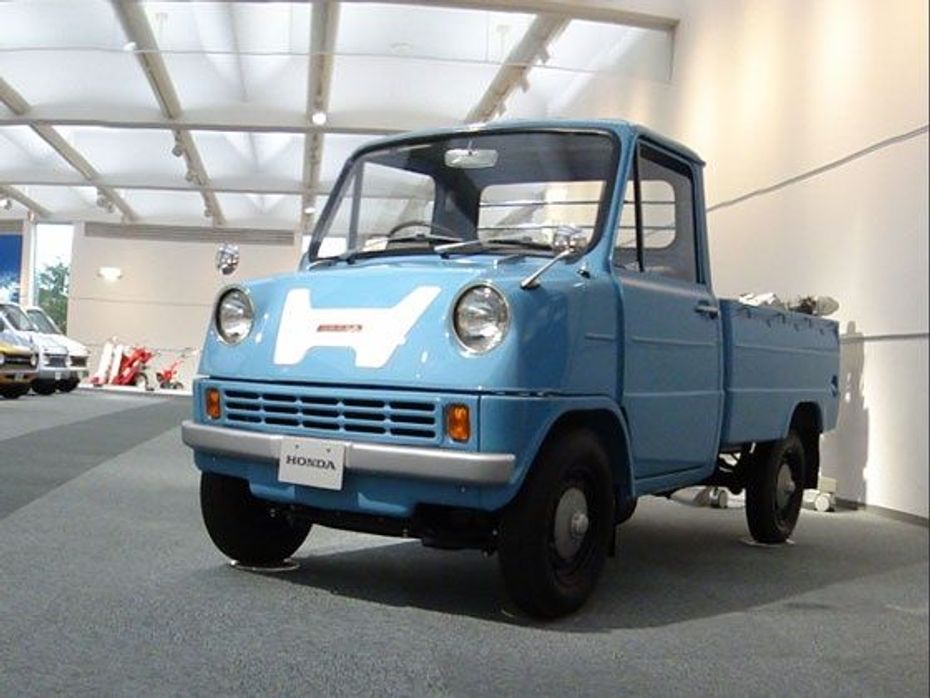
1963 T360
Honda's first production automobile may have been a pint-sized, last-mile delivery truck, but Soichiro Honda's love for performance reflected in every bit of the T360's makeup. It was powered by a 356cc engine, but its four-cylinder, 16-valve DOHC configuration allowed it to make 30 bhp at a screaming 8,500 rpm, much like the Honda motorcycles of its time. This meant a top speed of 100 km/h - phenomenal for a truck meant to carry anywhere between 500-750 kilos of payload through the choc-a-bloc streets of Tokyo.
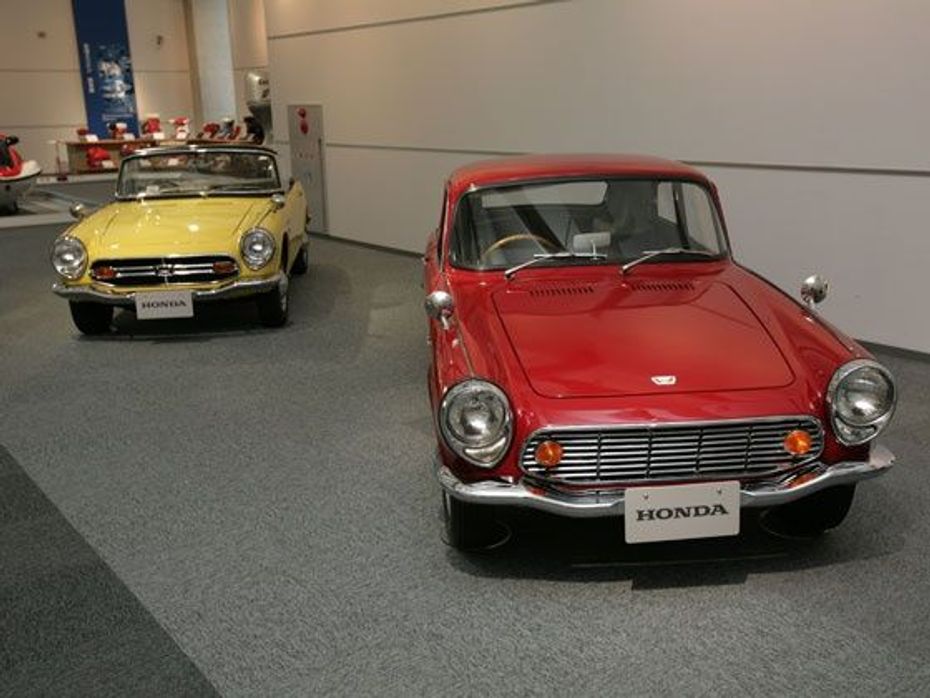
1965 S500
The first cars from Honda were small, but aimed at grabbing the attention of the masses. Dynamism in design was something missing in Japanese cars of that time, which is why Soichiro decided to start the company’s journey in passenger cars with hot two-seater sportscars – the S500 of 1965 and the S600 of 1966. The fastback design of the S500 was classy and elegant, reminiscent of the grand Italian sportscars of the 1950s. But it wasn't just show - the dynamism of the car extended to its performance as well, with a top speed of 145 km/h from its 500cc engine. The S600 bettered this to 170 km/h - and this was way back in 1966. Talk about small cars being fun – Soichiro-san did, 45 years back!
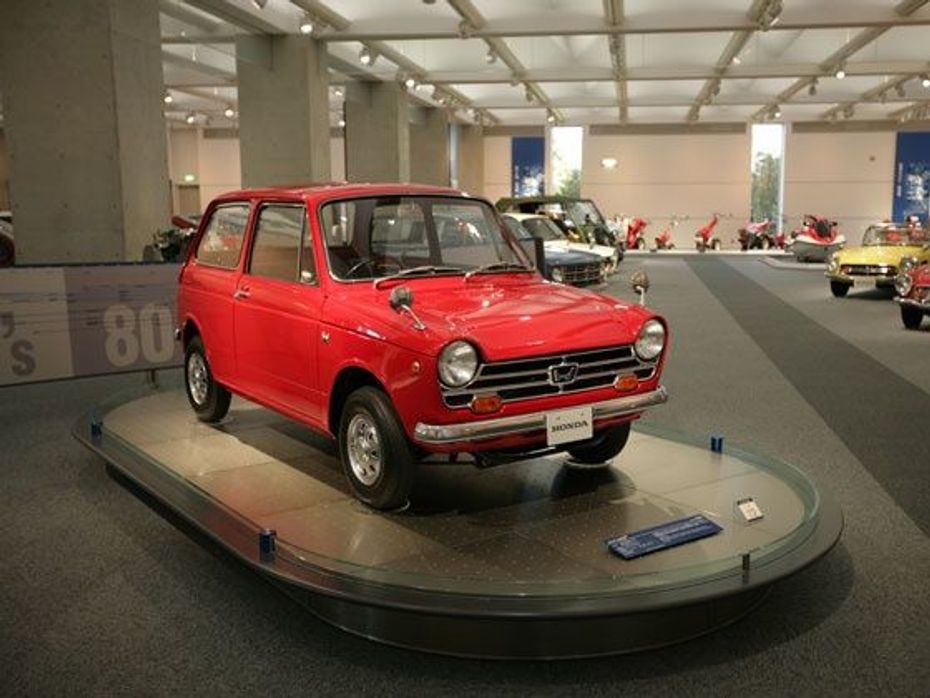
1967 N360
After catching the attention of the masses with this dynamic and sporty two-seaters, it was time to serve them with a true people's car - the N360 from 1967. After having put the world on two wheels, Honda used this same expertise with motorcycles for the N360. A larger 600cc version was developed for European buyers, and the car zapped the market with its ease of use, decent levels of equipment, a 120 km/h top speed and fuel efficiency in excess of 12 kilometres per litre. Sounds almost modern day, doesn't it?
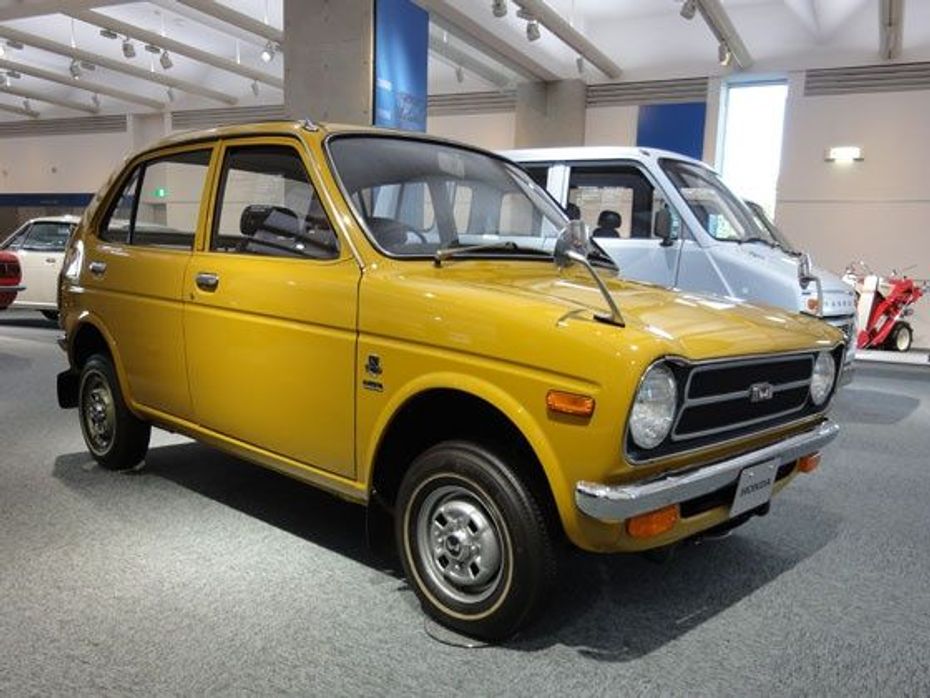
1971 Life
Till 1971, Honda preferred to use model designations rather than model names. All that changed in 1971, with the entry of the Honda Life Step Van, which would prove to be the grand daddy of all the minivans we see on the streets today. The hatchback version followed just a month later, as the Honda Life. The car once again stuck true to the formula of using a motorcycle-based engine – this time a parallel twin from the CB72 motorcycle, but variations had already begun with a Step Van version – the precursor of cars like the Maruti Omni – and even a pickup truck based on the same platform.
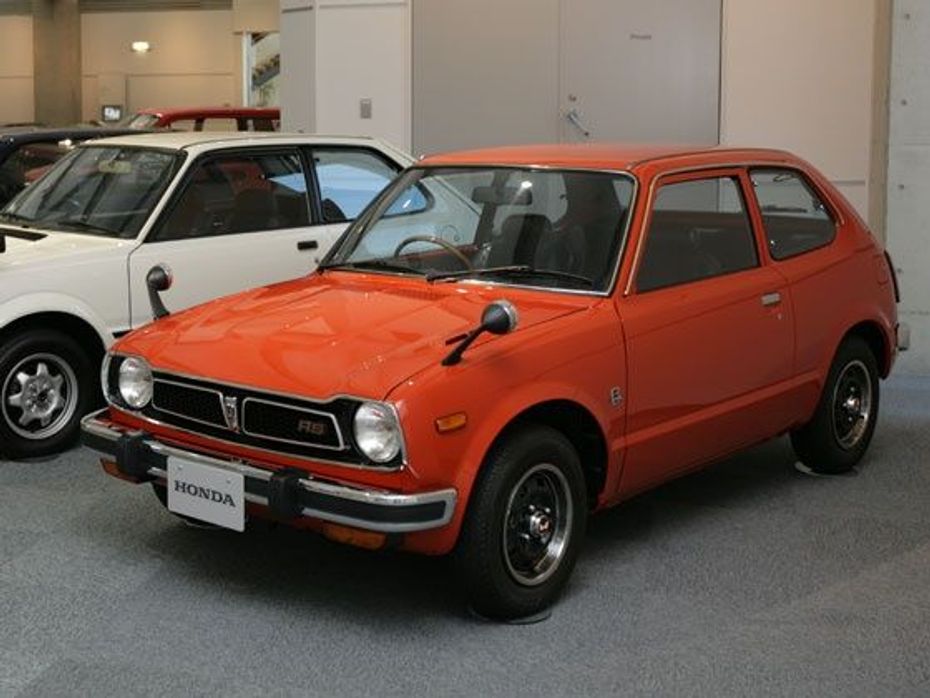
1973 First-gen Civic
The first fuel crisis hit the world in 1973, and Honda was ready with a reply. While the rest of the auto-industry, powered by gas-guzzling V8s until now, reeled under the shock, Honda made its entry into the world markets with the Civic. Already well-versed with using small yet high-tech engine to power their cars, the first-gen Civic was in a class of its own when it came to easy-sipping manners, practicality and convenience. Not surprisingly, it was gladly lapped up by buyers around the world and defined the efficiency that we still associate with Japanese cars. Not surprisingly, the cars powered by Honda's new CVCC engine were also incredibly green. The smartly engineered mill ensured that the passed emission tests without the use of a catalytic converter, or even unleaded fuel.
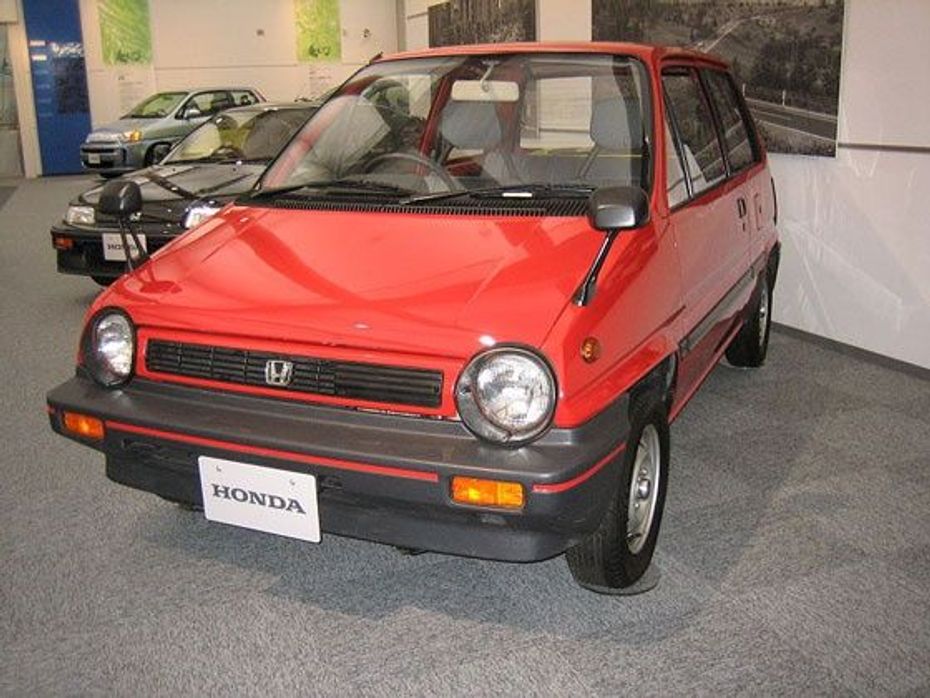
1981 First-gen City
The first-gen city introduced the "tall-boy" design to Japanese cars, meant to accommodate adults comfortably, while still keeping the overall length of the car short. The car also brought the "Jazz" brand name into the Honda family - this was the name it was sold under in Europe, since the "City" brand name was already booked.
1983 Second-gen Civic
The second-generation Civic grew in size, and also came in various body types - from a three-door hatchback and a three-box sedan, to a five door station wagon. Equipment levels inside were also upped, to make it more appealing to foreign buyers. From carpets to intermittent windshield wipers, and from tachometres to radial tires, the '83 Civic came loaded with features, offering more value for money, Honda style.
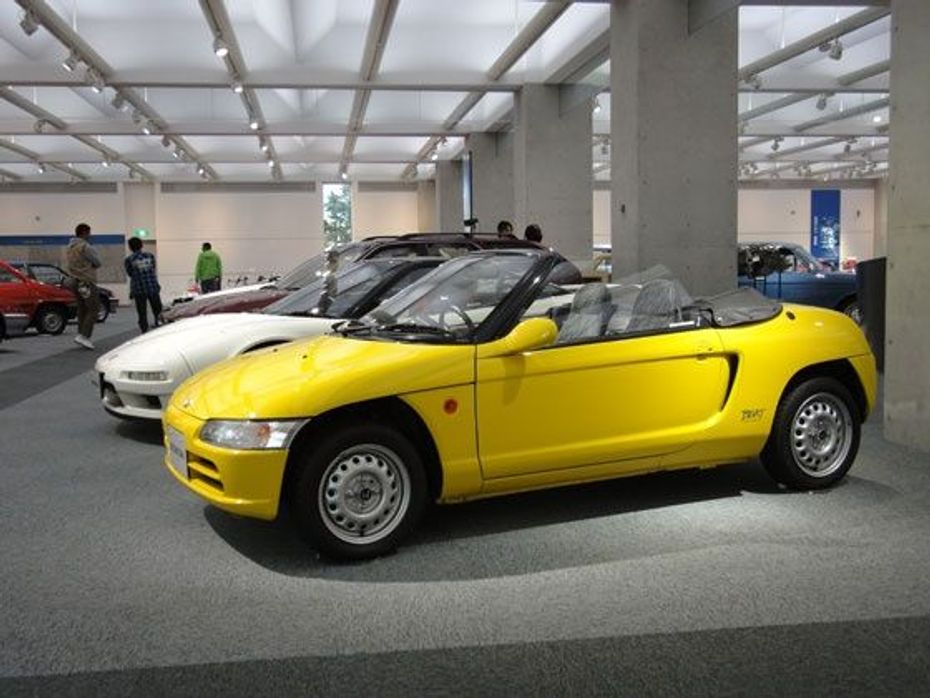
1991 Beat
The Beat was a significant and thoroughly modern advance in terms of the design direction for Honda's small cars. Originating from a design by Italian masters Pin-in-farina, the Beat was also the last car okayed by Soichiro Honda before he passed away in 1991. The car started a new wave of small and spunky sports cars, and dynamism in design can be seen in Honda's small cars to date, including the Brio.

New 2024 Honda Amaze Arrives In India At Rs 8 Lakh

What Is New In New Honda Amaze Compared To Old Model? We Explain!

2024 Honda Amaze: Here’s What Each Of Its 3 Variants Has To...

2024 Honda Amaze vs Maruti Suzuki Dzire: Specifications Compared

2024 Honda Amaze Gets Segment-First ADAS: See What All Features You...

2024 Honda Amaze vs Tata Tigor: Specifications Compared

Top 7 Car News Highlights Of The Past Week

Here Are All The Hottest Car Launches Of 2024 In India

2024 Honda Amaze vs Hyundai Aura: Does The Aura Stand Against A Fully...

Renault Extends Standard Warranty On Kwid, Triber, And Kiger To 3...
India's largest automotive community
 Kia Syros
Rs. 8.99 Lakh
Kia Syros
Rs. 8.99 Lakh
 Vayve Mobility Eva
Rs. 3.25 Lakh
Vayve Mobility Eva
Rs. 3.25 Lakh
 BMW X3
Rs. 75.80 Lakh
BMW X3
Rs. 75.80 Lakh
 Hyundai Creta Electric
Rs. 17.99 Lakh
Hyundai Creta Electric
Rs. 17.99 Lakh
 Lotus Emira
Rs. 3.22 Crore
Lotus Emira
Rs. 3.22 Crore